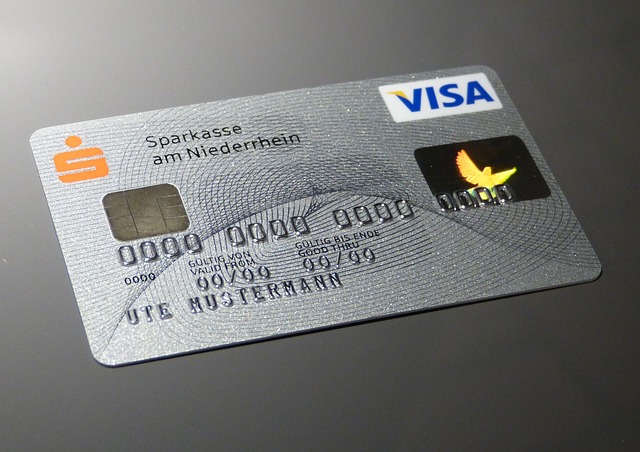
It is no need that foreign investment promotes technical innovation, economic growth, and employment possibilities. The thing is, to boost their economies, nations worldwide actively work to entice/attract Foreign Direct Investment (FDI). This article will examine practical methods a country might use to attract international investment.
- Stable and Favorable Business Environment:
The business environment must be stable and favorable for a country to draw in international investors. This entails clear and foreseeable regulatory frameworks, robust investor legal protection, and a dependable judicial system. To create an atmosphere encouraging investment, a nation should prioritize lowering “red tapes”, streamlining administrative processes, and reducing corruption. A practical example can be drawn from the Nigerian government: a country with a high record of unprecedented corruption (within and outside the government) and a high record of human rights abuse. Countries like this must attract more foreign investors to generate the required FDI to sustain their economies.
- Investment Incentives and Tax Policies:
Offering tax breaks and investment incentives can be effective strategies for luring foreign capital. For particular sectors of the economy or geographical areas, governments may offer tax breaks, exemptions, or reduced tax rates. They can also provide grants, subsidies, or money for Research and Development (R&D) to promote investment in industries that support the nation's economic growth objectives.

- Infrastructure Development:
A well-developed infrastructure is required to draw in foreign investment, including power supplies, telecommunications, and internet access. Nations should prioritize infrastructure development to ensure effective connectivity inside and outside the country. Business operations are made easier, operational costs are decreased, and effective supply chain management is made possible by making available relevant modern infrastructure.
- Skilled Workforce and Education:
For international investors, access to competent labor is a crucial factor. Countries might invest in educational and vocational training programs to create a skilled and flexible workforce. Foreign investors may find collaboration between business and educational institutions to match talent development in line with the required market demand.
- Market Access and Trade Agreements:
Strong inducements for foreign investment include involvement in regional or global trade agreements and access to a sizable consumer market. Governments should actively pursue trade deals that improve investor conditions, ease cross-border trade, and increase market access. These contracts encourage market integration, lower trade restrictions, and generate new business prospects. To further illustrate how this works, countries must sign open-boarder agreements with neighboring countries to create more markets for these foreign investors to thrive.

- Political Stability and Economic Reforms:
Foreign investors are encouraged by political stability and a commitment to economic improvements. Governments should present a distinct vision for economic expansion, carry out responsible economic measures, and guarantee long-term political stability. The availability of financial deregulation, economic liberalization, and pro-investment measures might draw in international investors looking for expansion prospects. This is to say (in essence) that “a politically stable environment is an economic Haven for any foreign investment to prosper.”
Conclusion
A complete strategy with a stable business climate, investment incentives, a strong infrastructure, a qualified workforce, market access, political stability, and economic reforms is needed to attract foreign investment. The potential for economic growth, job creation, technology transfer, and greater competitiveness in the international market can be unlocked by governments that successfully apply these methods. To sustain a positive investment climate and profit from foreign direct investment, investment promotion methods must be continuously monitored, evaluated, and adjusted occasionally to suit the present economic stance.




